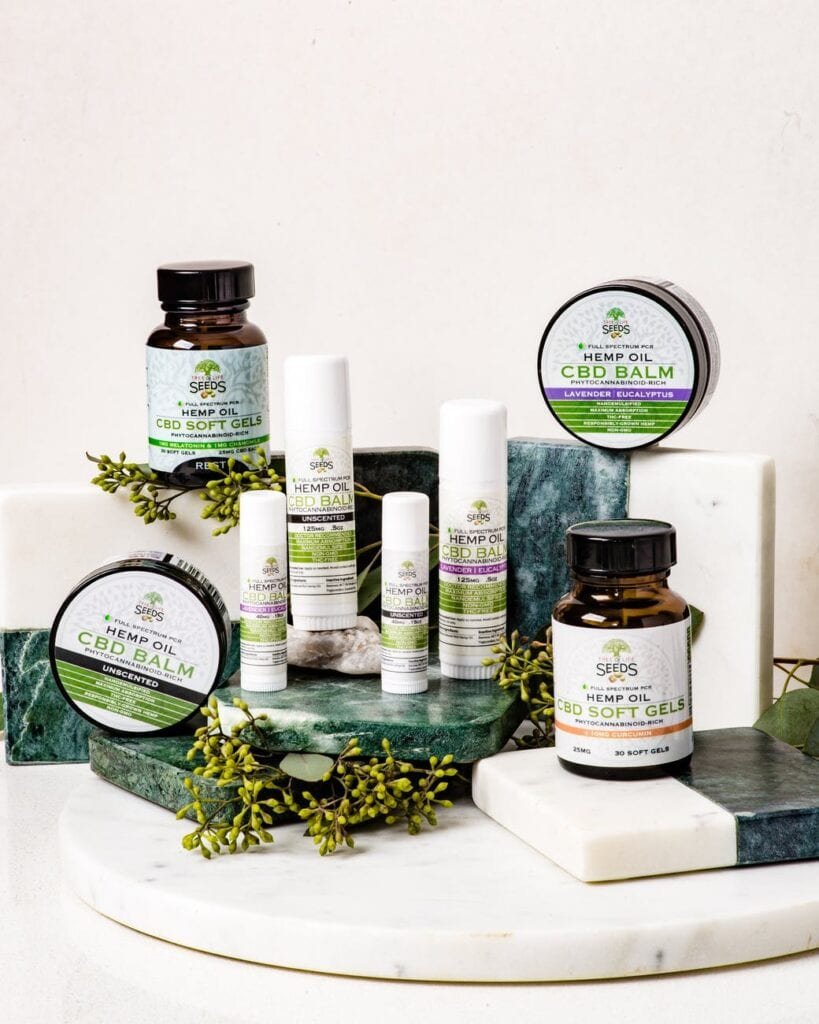Pharmaceuticals packaging is vital as it provides protection, helps identify, improves the convenience in transporting, and provides information about the content without physically interfering with the product itself. Pharmaceutical containers are made up of different types of materials. The containers are made from the following types of materials: Plastic, glass, and metal.
1. Plastic Material
Plastics are synthetic polymers having high molecular weight. Plastic containers are commonly used in the packaging of Pharmaceuticals.

There are mainly two types of plastics: Thermoplastics and thermosets.
- Thermoplastics: These are the types of plastics that have the property of changing their shape on heating and solidifying on cooling. They are resistant to breakage and can be produced at low costs. They are mostly used for packing large volumes of sterile materials like ophthalmic or parenteral solutions.
Eg.- polystyrene, PVC, polyethylene, polypropylene, acrylic, etc.
- Thermosets: These are plastics that have the ability to retain their shape permanently on heating. They are rigid and do not break easily. They lose their ability to change shape, because on heating they form cross-linking between linear chains, resulting in solidification.
Eg.- Melamine, epoxy resins, polyester, etc.
Plastics are generally made up of the following main types:
- Polyethylene: It is a light, flexible, but tough plastic. It is resistant to chemicals and does not allow water vapors to penetrate inside. It can be sterilized by autoclaving. It is generally used for packing parenteral doses and ophthalmic preparations.
- PVC: Its full form is Poly Vinyl Chloride. It is heavier, less flexible ad more permeable to water vapors, but has high clarity and unaffected by sunlight. Intravenous bags are made up of PVC. Various eye ointments and tubes are packed using PVC.
- Polystyrene: It is used for its versatility and durability. It can be easily modified into various shapes. Syringes, bottles, cream boxes and jars are made up of polystyrene.
- PMMA: Poly Methyl acrylate is a light, transparent material, but is hard and strong. It is used for preparing tubes and bottles.
Merits of plastics
- – Plastics are lightweight and durable.
- – They are extremely resistant to breakage.
- – They can be easily molded into a variety of shapes and sizes.
- – They are resistant to inorganic chemicals.
- – They can be transported easily.
Demerits
- – Plastics are relatively expensive.
- – They may absorb the chemical substance.
- – They can chemically interact with contents.
- – They are permeable to water vapor.
2. Glass Material

Glass is a widely used material for the packaging of Pharmaceuticals. Many pharmaceutical products are used for oral and local administration. Glass bottles are usually the first packaging choice.
Glass is basically made up of silicon dioxide with altered physicochemical properties obtained by adding oxides of sodium, magnesium, and iron. There are three types of glass:
i. Type I – borosilicate glass: It is also called neutral glass. It is a highly inert type of glass and has a high melting point.
ii. Type II – treated soda-lime glass: These are made by de-alkalizing. They are used to store alkali susceptible materials.
iii. Type III – regular soda-lime glass: These are untreated regular soda-lime glass containing high amounts of alkaline oxides. They are used to store solid dosage forms.
Merits of Glass Containers
- – They are economical and easily available.
- – They do not degrade with age.
- – Have the ability to protect photosensitive pharmaceuticals from light.
- – Available in various shapes and sizes.
- – Do not change shape on exposure to a varied range of temperatures and maintains the temperature for a long period of time.
Demerits of Glass Containers
- – Glass is brittle and can break easily.
- – Can develop cracks on experiencing sudden temperature changes.
- – It is relatively heavy than plastic.
3. Metal Material
Mainly three metals are used for making containers using metals: Aluminum, Tin, and Lead.
Lead is poisonous and is therefore seldom used for selective purposes. Tin is the most inert material for packaging but is very costly. Aluminum is more reactive than tin but is cheap and readily available.
Reference:


Pingback: Containers: Desirable features and types > PharmaCampus
Pingback: Rubber as a material for seals and closures > PharmaCampus